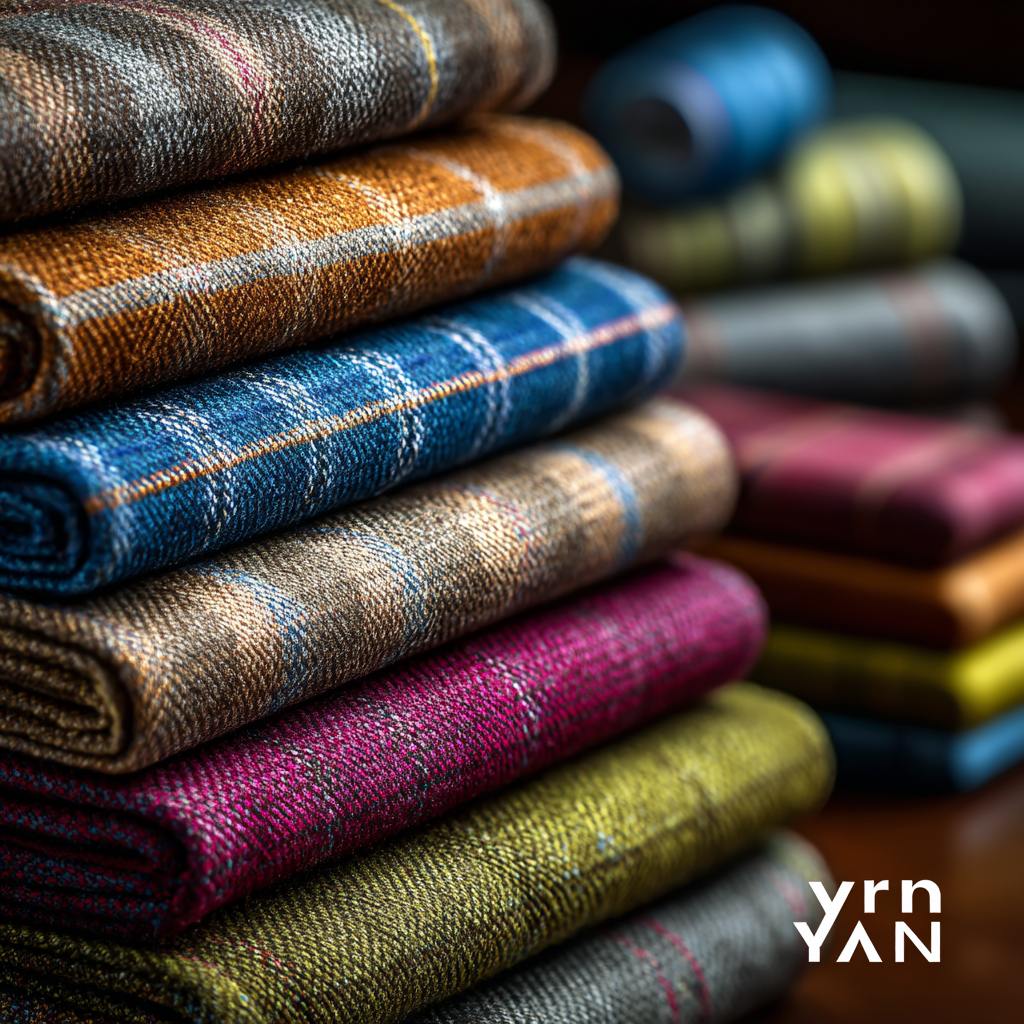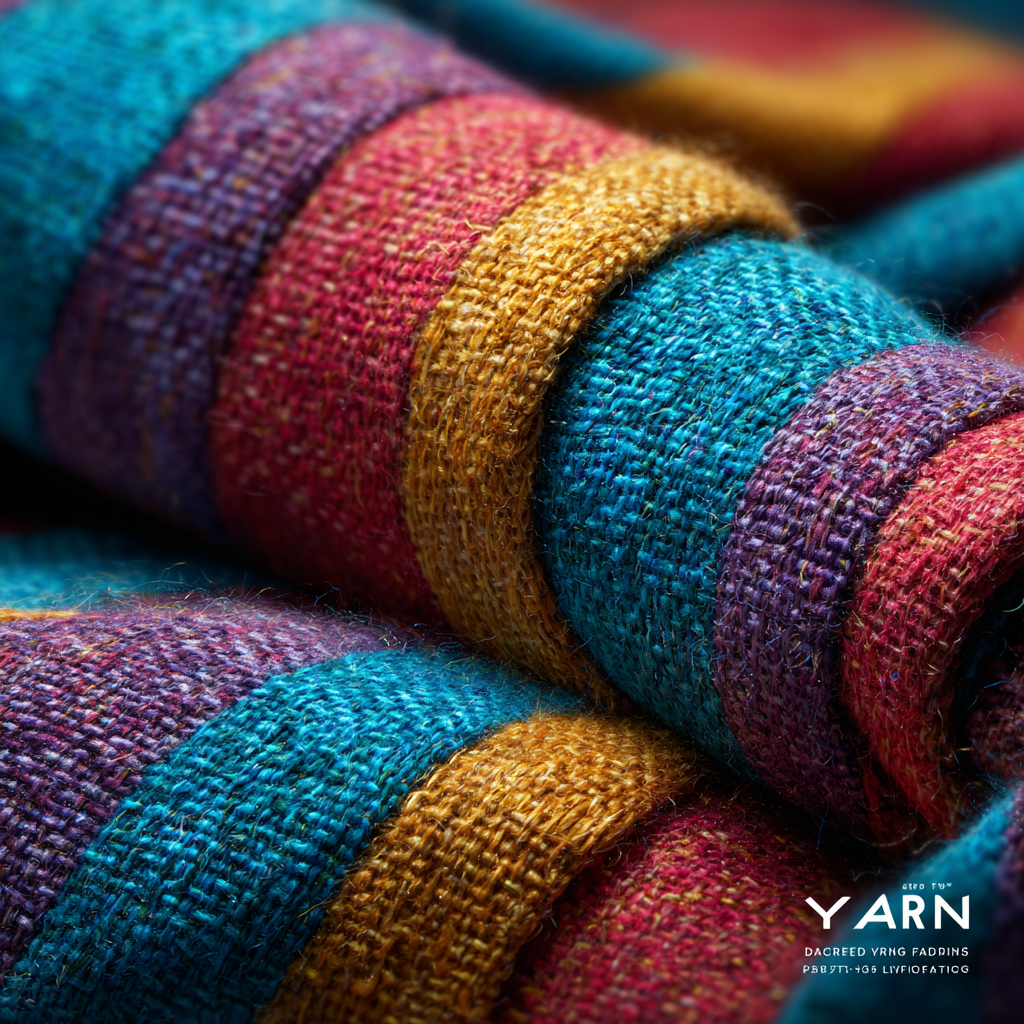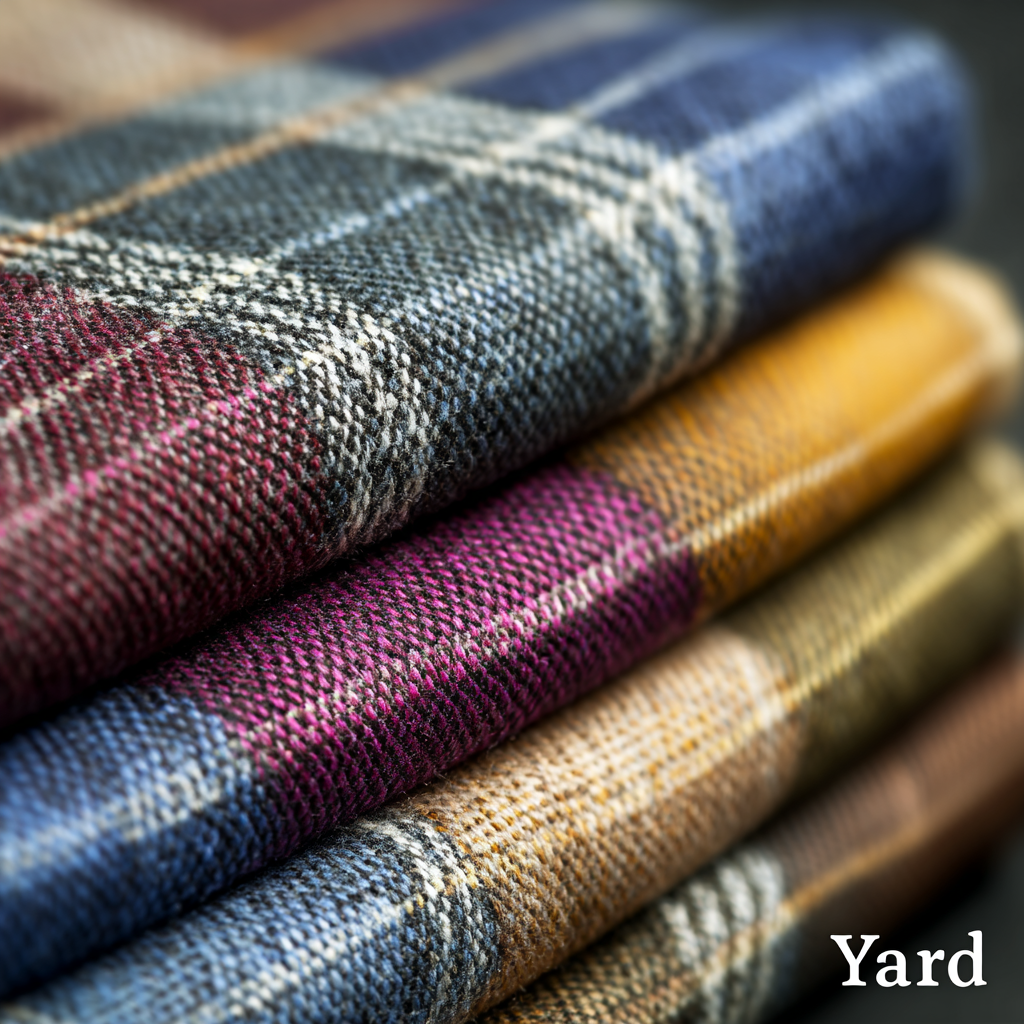 In the dynamic world of textile sourcing, Yarn Dyed Fabric has emerged as a prominent choice for both manufacturers and consumers seeking quality and durability. According to a recent report by Market Research Future, the global yarn dyed fabrics market is projected to reach USD 19 billion by 2027, driven by the increasing demand for high-performance textiles across various sectors, including fashion, home décor, and technical applications. The unique characteristics of yarn dyed fabrics, such as their superior colorfastness and intricate patterns, make them a favored option among designers and brands aiming for long-lasting products. As a result, understanding the benefits of different types of yarn dyed fabrics becomes essential for optimizing sourcing strategies and meeting market expectations. This blog will delve into the various benefits of yarn dyed fabrics, providing insights for industry stakeholders to enhance their sourcing operations.
In the dynamic world of textile sourcing, Yarn Dyed Fabric has emerged as a prominent choice for both manufacturers and consumers seeking quality and durability. According to a recent report by Market Research Future, the global yarn dyed fabrics market is projected to reach USD 19 billion by 2027, driven by the increasing demand for high-performance textiles across various sectors, including fashion, home décor, and technical applications. The unique characteristics of yarn dyed fabrics, such as their superior colorfastness and intricate patterns, make them a favored option among designers and brands aiming for long-lasting products. As a result, understanding the benefits of different types of yarn dyed fabrics becomes essential for optimizing sourcing strategies and meeting market expectations. This blog will delve into the various benefits of yarn dyed fabrics, providing insights for industry stakeholders to enhance their sourcing operations.
The demand for yarn dyed fabrics has surged across various industries, driven by their unique aesthetic qualities and versatility. In fashion apparel, designers increasingly favor yarn dyed textiles for their ability to provide rich, vibrant colorways that maintain their intensity after multiple washes. This durability makes them particularly appealing for both casual wear and high-end collections, catering to a wide range of consumer preferences. In recent seasons, we have seen a significant rise in the use of stripe patterns and checks, enhancing the appeal of these fabrics in both menswear and womenswear.

When it comes to apparel manufacturing, yarn dyed fabrics stand out due to their unique performance characteristics that enhance both aesthetic appeal and functionality. These fabrics, where the yarn is dyed before weaving, tend to deliver superior colorfastness, resulting in garments that retain their vibrancy even after multiple washes. This attribute is particularly important for brands looking to provide long-lasting products that can withstand the rigors of everyday wear.
Moreover, yarn dyed fabrics offer remarkable versatility in design. The ability to create intricate patterns and textures, such as stripes or checks, adds sophistication to the garments. Manufacturers can leverage these designs to appeal to various market segments, from casual wear to high-end fashion. Additionally, the structural integrity of yarn dyed fabrics ensures that they maintain their shape, providing a better fit and enhanced comfort for the wearer. This combination of durability and aesthetic versatility makes yarn dyed fabrics an ideal choice for brands focusing on quality and style in their apparel collections.
Yarn dyed fabrics have increasingly become a staple in the home textiles industry, demonstrating versatility and aesthetic appeal in various applications. Case studies reveal that companies integrating yarn dyed textiles have not only enhanced their product offerings but also improved customer satisfaction. For instance, a report by the Textile Exchange highlights that yarn dyed fabrics can achieve up to 30% more colorfastness compared to piece dyed alternatives, making them a preferred choice for curtain and upholstery manufacturers.
When deploying yarn dyed fabrics, it’s essential to consider the fabric composition. Cotton and linen blends generally offer a soft feel and breathability, appealing to consumers looking for comfort in their home décor. However, synthetic fibers, while less comfortable, can provide greater durability and resistance to fading. Tip: Always evaluate the performance characteristics of each fabric type in relation to its end-use to ensure optimal customer satisfaction.
Another aspect to highlight is the sustainable factor. According to a study by the International Textile Manufacturers Federation, opting for sustainably sourced yarn dyed fabrics can reduce environmental impact by up to 20% compared to synthetic counterparts. This not only caters to the growing demand for eco-friendly products but also aligns with corporate social responsibility goals. Tip: Collaborate with suppliers who practice responsible sourcing to enhance your brand’s credibility in sustainability.
| Fabric Type | Composition | Weight (gsm) | Usage Application | Colorway | Durability Rating |
|---|---|---|---|---|---|
| Yarn Dyed Cotton | 100% Cotton | 150 | Curtains | Multi-Colored Stripes | High |
| Woven Linen Blend | 70% Linen, 30% Cotton | 200 | Upholstery | Solid Natural | Medium |
| Brushed Yarn Dyed Poly | Polyester | 180 | Throw Pillows | Geometric Pattern | Very High |
| Yarn Dyed Twill | 100% Cotton | 220 | Table Linens | Plaid | High |
| Dyed Jacquard | 100% Polyester | 250 | Bedspreads | Floral Design | Medium |
Yarn dyed fabrics have garnered attention not just for their aesthetic appeal but also for their role in promoting
sustainability within the textile industry. The process of yarn dyeing,
where the yarns are dyed before weaving, can reduce water consumption and chemical usage compared to dyeing
the finished fabric. This method minimizes waste and allows for more efficient use of dye,
resulting in a lower environmental footprint.
When sourcing yarn dyed fabrics, consider the environmental implications of the dyes used. Opt for manufacturers
that prioritize eco-friendly dyes, such as natural or low-impact
synthetic dyes. These options not only enhance sustainability but also ensure that the resulting fabrics are
safer for both consumers and the environment.
Additionally, look for certifications that confirm sustainable practices in the production of yarn dyed fabrics.
Certifications such as GOTS (Global Organic Textile Standard) or
OEKO-TEX can provide assurance that the materials meet strict
environmental and social criteria. By focusing on these aspects, businesses can align their sourcing strategies
with sustainable values, ultimately contributing to a
more responsible textile industry.
The yarn dyed fabrics market is poised for significant growth, with projections indicating a robust trend towards 2025. As industries increasingly prioritize sustainable sourcing, the market for yarn dyed fabrics is expected to expand in alignment with these evolving consumer preferences. Industry reports suggest that the global market for various fabric categories is anticipated to reach notable figures—some sectors like video editing software are projecting a compound annual growth rate (CAGR) of 8.7% from 2025 to 2033. Such market insights underline the importance of staying informed about growth patterns and trends across related domains.
Additionally, significant market developments are seen across other sectors, reinforcing the favorable business environment for yarn dyed fabrics. For instance, the global e-commerce market is deciphering trends indicating continued growth, which is expected to amplify sourcing opportunities for textiles. The estimated CAGR of 6.33% for the global toaster market by 2032, with a projected increase from $4.26 billion in 2025, reflects a similar trajectory that may influence demand for superior fabric types like yarn dyed textiles. Sourcing professionals must navigate these intertwining trends to harness growth within the fabric marketplace effectively.

